North Yorkshire County Council says it's consultation shows there is widespread support for the idea, but opponents say only 0.3% of the electorate took part in that consultation.
The Mayor would get additional funding from Whitehall and would have powers of things like transport and economic regeneration.
County Councillor Simon Myers says having local control over things like transport would be advantageous.
The idea of creating an elected mayor for North Yorkshire and York will be debated by councillors next week.
The proposal is a key part of devolution for the area, it would see the Mayor take charge of things like transport strategy and regeneration policy for the area with extra cash coming from Whitehall to support the initiative.
County Councillor George Jabbour says the mayor would also take on other powers.
A former local government ombudsman has launched a withering attack on the consultation over the devolution deal, questioning its value and describing it as a marketing exercise featuring biased claims about its benefits.
Local government expert Anne Seex raised a litany of questions over the quality and results of the eight-week exercise to assess public support for a mayoral combined authority and government funding deal negotiated by City of York Council and North Yorkshire County Council.
However, a meeting of the county council’s executive heard just a single concern raised about the consultation’s mixed findings – that the deal could lead to an increase in bureaucracy – with numerous members instead expressing their excitement about the potential benefits of devolution.
Nevertheless, the authority’s leader, Councillor Carl Les, said the executive would forego its power to send the results of the consultation to the government for consideration, and instead invite all the authority’s elected members to voice their views at a meeting later this month.
Councillor Les said he was delighted the authority had reached a position where it could progress towards achieving beneficial devolution deals, such as the one in neighbouring Teesside, and a point where North Yorkshire and York would have a more powerful voice.
The meeting was told the total value of the deal over a 30-year period amounted to more than half a billion pounds, including £18 million a year of funding to spend how the combined authority chose to, but that was just “a starting point” for future negotiations with the government.
The executive heard it would also see an extra £1 million for transport capacity funding, £13 million for the development of housing on rural and brownfield sites, almost £2.5 million for low carbon homes and £7 million for green economic development initiatives.
The authority’s chief executive, Richard Flinton, said the consultation response rate had been greater than had been seen in similar devolution consultation processes, while the authority’s chief legal officer told the meeting the majority of responses to six of the seven consultation questions had been in favour of the proposals.
Ex-ombudsman Mrs Seex told the meeting it was clear that those who took part in the consultation exercise in North Yorkshire had seen “more disadvantages than advantages” to the deal.
While the council has claimed “widespread support” for the devolution deal, Mrs Seex said online responses to the consultation amounted to just 0.3 per cent of the electorate, which she described as a “pitifully small” sample. The councils report shows that 2661 people responded to the consultation across North Yorkshire and York, an area with a population of over 800,000 people. The councils report states that:
"This response rate appears high in comparison to devolution consultation held elsewhere in the country"
She said advice from the Consultation Institute it had employed to help run the consultation that the consultation had been good was “a case of a private company marking its own homework”.
Mrs Seex told the meeting:
“The exercise that you have undertaken is better described as marketing. The information to the public was purely promotional and omitted important contextual information about the scheme, such as the only directly elected position would be the mayor, that York city would have three times the representation of North Yorkshire with two members for 200,000-plus people and North Yorkshire having two members for 600,000-plus people.”
She said the powers of elected councillors on the York and North York authorities would be “sucked up” by the mayoral combined authority, rather than being devolved down.
Mrs Seex said the combined authority was set to be allowed to call in planning applications and make decisions against local views, while the funding attached to the deal was £200 million less than the two councils had asked for, and that government funding could not be relied on and could be subject to reviews.
She said:
“The funding amounts to £222 per person per year while council spending across the North has been reduced by £431 per person per year.”
She added most of the powers being trumpeted as being given to the combined authority were already in the hands of the councils.
Mrs Seex said the consultation results provided no breakdown of how York and North Yorkshire residents had responded and that it was crucial that elected community representatives across the county were aware of how their residents had responded to the exercise.
James Farrar, chief officer of North Yorkshire Local Enterprise Partnership, which helped run the consultation, said the structure and content of the consultation had been shared with government officials before being launched and that details of the full devolution deal had been shared with the public.
He said:
“This was not a consultation on the relative merits of devolution. We were consulting on the scheme. The scheme sets out how the devolution deal will be implemented, it was therefore important we focus on the key elements in the scheme.”
Mr Farrar added the Consultation Institute had been employed due its experience in helping authorities examine support for devolution deals.
He said the ultimate decision over whether the authorities had met legal requirements lay with the councils and it would be for the government to assess the suitability of the consultation.




 Feens Farewell Gig in Scarborough Tonight
Feens Farewell Gig in Scarborough Tonight
 Health Chief Reports Teen Bullying Worries in North Yorkshire
Health Chief Reports Teen Bullying Worries in North Yorkshire
 Scarborough Athletic Play First of Home Double
Scarborough Athletic Play First of Home Double
 Whitby Town Face Yet Another Six-Pointer To Kick Off Final Five
Whitby Town Face Yet Another Six-Pointer To Kick Off Final Five
 Final Month Relegation Shoot-Out For Bridlington Town
Final Month Relegation Shoot-Out For Bridlington Town
 Yorkshire Coast Rugby Union Season Concludes
Yorkshire Coast Rugby Union Season Concludes
 Pickering Town Bring Curtain Down With Home Clash
Pickering Town Bring Curtain Down With Home Clash
 Injured Yorkshire Coast Seal Back in the Water
Injured Yorkshire Coast Seal Back in the Water
 Flamingo Land Welcomes Baby Giraffe
Flamingo Land Welcomes Baby Giraffe
 Scarborough and Whitby MP to Launch Petition for Return of Stroke Services
Scarborough and Whitby MP to Launch Petition for Return of Stroke Services
 UK Mayors Being Urged to Buy Scarborough Buses
UK Mayors Being Urged to Buy Scarborough Buses
 Free Music Events in Scarborough to Raise Funds for Andy's Man Club
Free Music Events in Scarborough to Raise Funds for Andy's Man Club










Comments
Add a comment